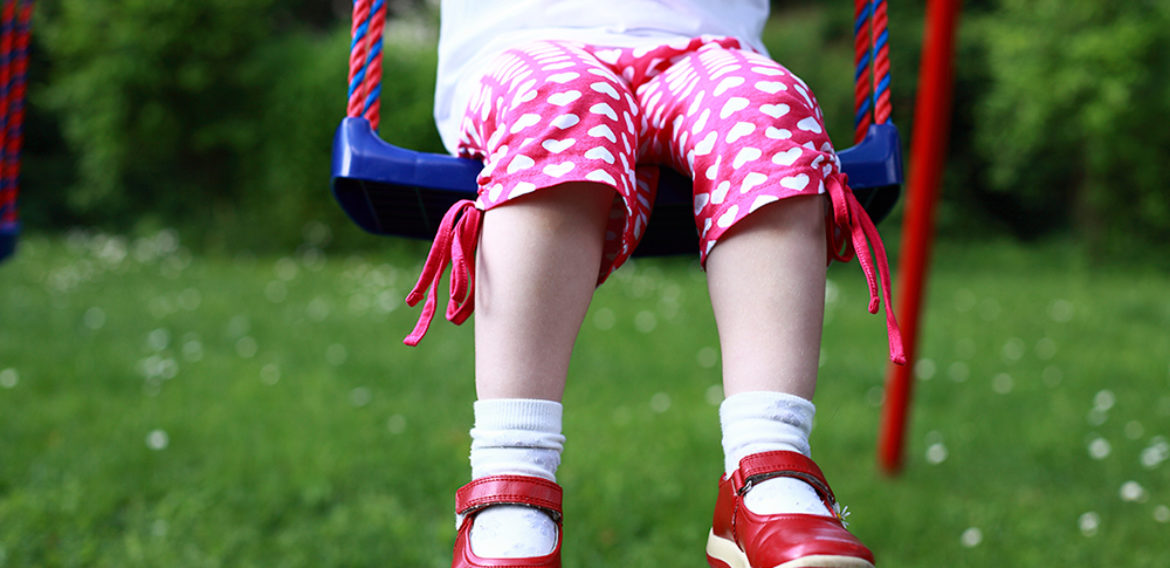Building Independence for Our Little Learners
As a parent, whenever someone asks you what you want for your child, you usually have a list of the usual answers: health, happiness and smarts. It wasn’t until our baby became four years old that I realized the word independent was missing from our list!
For the longest time, I think we just assumed our child would be independent – that it is was more of a given rather than a learned trait. It is interesting to see the different cultures and lifestyles of children and how independence is developed depending on those variables. For our family, we do everything together. We go grocery shopping together, to the library, to work functions, to practice, to the moon – okay, I think you get the point. Our family literally does everything together!
There are two main reasons for this: 1. We love being together and 2. We live such busy lives that if we didn’t do everything together then we would rarely see each other.
As parents, the one thing we always discuss is how to enable our daughter to be independent since we are always around. We often joke that our daughter would likely run into something if we let go of her hand while walking because she trusts that we are watching and guiding her every move. So while she has the comfort of knowing we are there, is she still able to function independently?
In the past year, we realized we need to ensure she is comfortable making her own decisions and gaining independence – especially since she will soon be a big sister and will have more opportunities to learn and do things on her own!
These are the top 5 ways we incorporate independence into our daughter’s environment – even while being together as a family:
- Do things TOGETHER, but NOT FOR one another – Are you confused? Don’t worry! This concept was the most difficult for me to grasp. While doing something with my daughter I would always just want to “do it for her.” Then, it would be done correctly, quickly and she might learn from watching. However, that only creates a child who asks you to do everything for them. So, do things together, but allow your child to try things on their own. Going to the park together? Swing together… but don’t lift your child onto the swing. Show them how, help them if they are truly trying or struggling, but allow them the INDEPENDENCE to try on their own. Once they master jumping into the swing seat, they will be naturally proud of themselves and will probably continue practicing swing-seat-jumping over and over again.
- Do things TOGETHER, but do them DIFFERENTLY – Another confusing one. Basically, this is nothing more than a learning opportunity. Let’s say you are painting and your child is curious about what you’re doing. Allow them to paint what they want. Paint together, but allow your child to do it their way. You’re painting a sunset, but your child paints a rainbow… PERFECT!
- Do things TOGETHER, but give SPACE – Okay, I think you can figure this one out! Sometimes the things kids love most are just sitting next to you or doing the same thing as you. So, when you’re in need of that space, but still want to be close, do the same thing but a few seats from each other. For instance, everyone can take five minutes to read a book. Everyone chooses a place to sit away from someone else, and quietly reads a book. This has many benefits! It allows for quiet time and space apart – yet still together, and of course – INDEPENDENCE! Your child can choose their own story, their own seat, and read however they want.
- Do things TOGETHER, but OPPOSITE –This is another learning opportunity. When I say learning opportunity, I mean your child will be learning independently. Play a game of kickball in the yard. You be the pitcher and your child can be the kicker. In this instance, you are on opposite teams. Your goal is to get your child out, and their goal is to score a run. Your child has to learn, on their own, how to score a run without you getting them out. Independent learning at its finest! All in all, remember they are children. It’s okay to turn down your athletic gears to match your child. No, they don’t need to score every run as that is not a real-life example, but a couple runs won’t hurt!
- Do things TOGETHER, but LEARN from each other – As parents, we usually feel as though we are always doing the teaching. But, have you ever stepped back and watched your child? Yes, they may do things differently than you, but why? Do an activity that allows your child to TEACH you something. This helps foster their independence by allowing them to feel proud of themselves. Is there a new song they are learning in class? Let them teach it to you! Turn on some tunes and have your kiddo teach you in a dance class-type activity. Hey, even yoga! My little one loves to do yoga stretches and loves to be the yoga instructor.
There are MANY, MANY, MANY ways to incorporate independence into all activities you do. However, for our family, sending our 4-year old outside and saying “go play” doesn’t intrigue her. She learns no independence from that. Not to mention, it’s a bit sad because we’ve spent all day apart, so I want to play outside with her, too! But even when we are outside together, when we are able to utilize a few of the tips listed above, we are helping our child learn to be more independent, while still being able to watch her grow in our time together!










No Comments